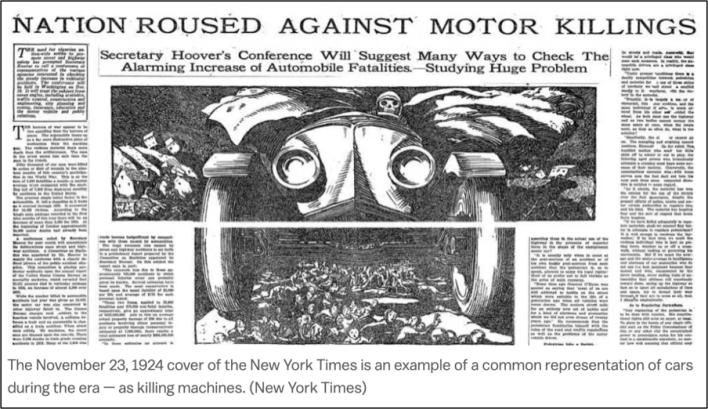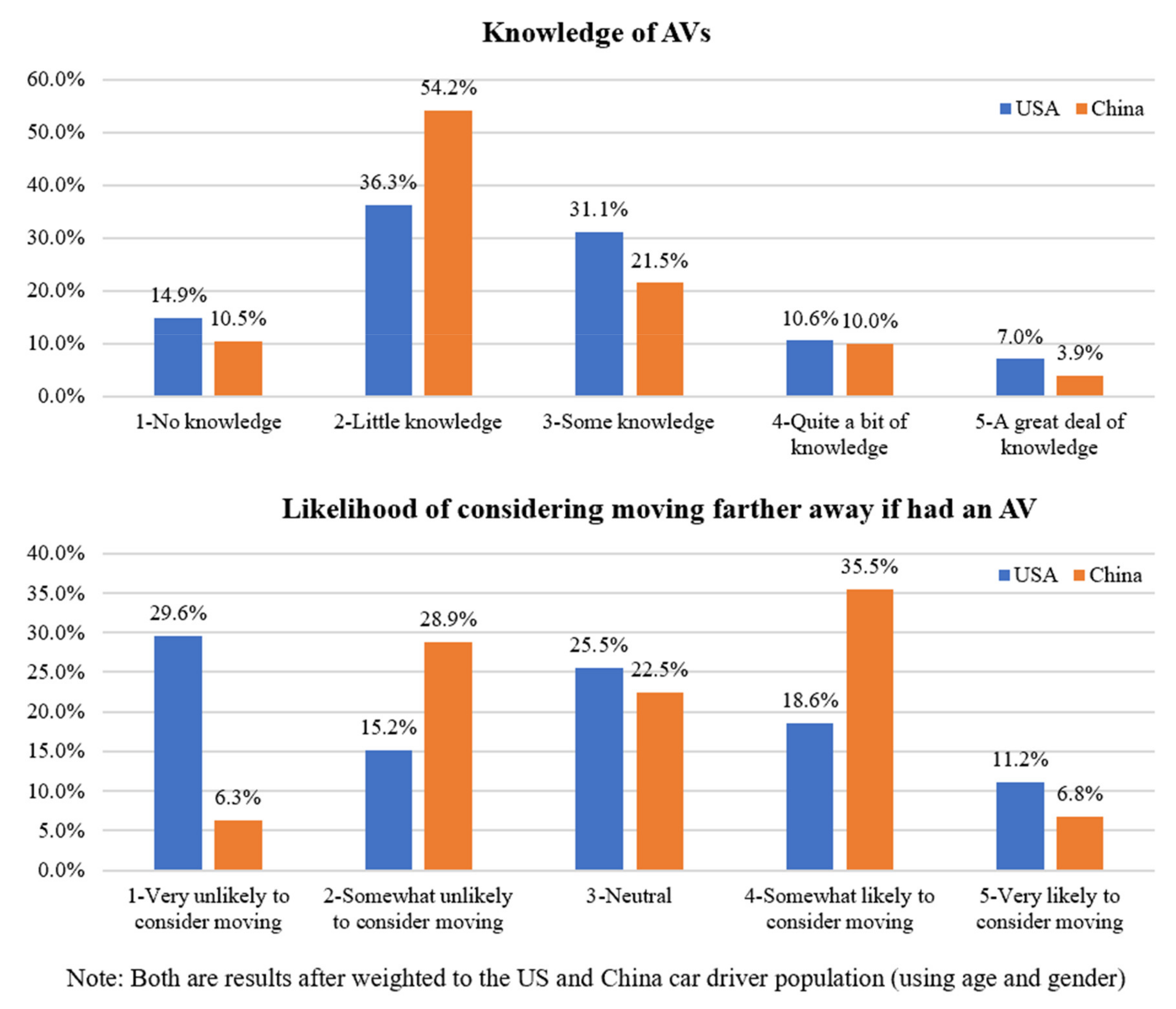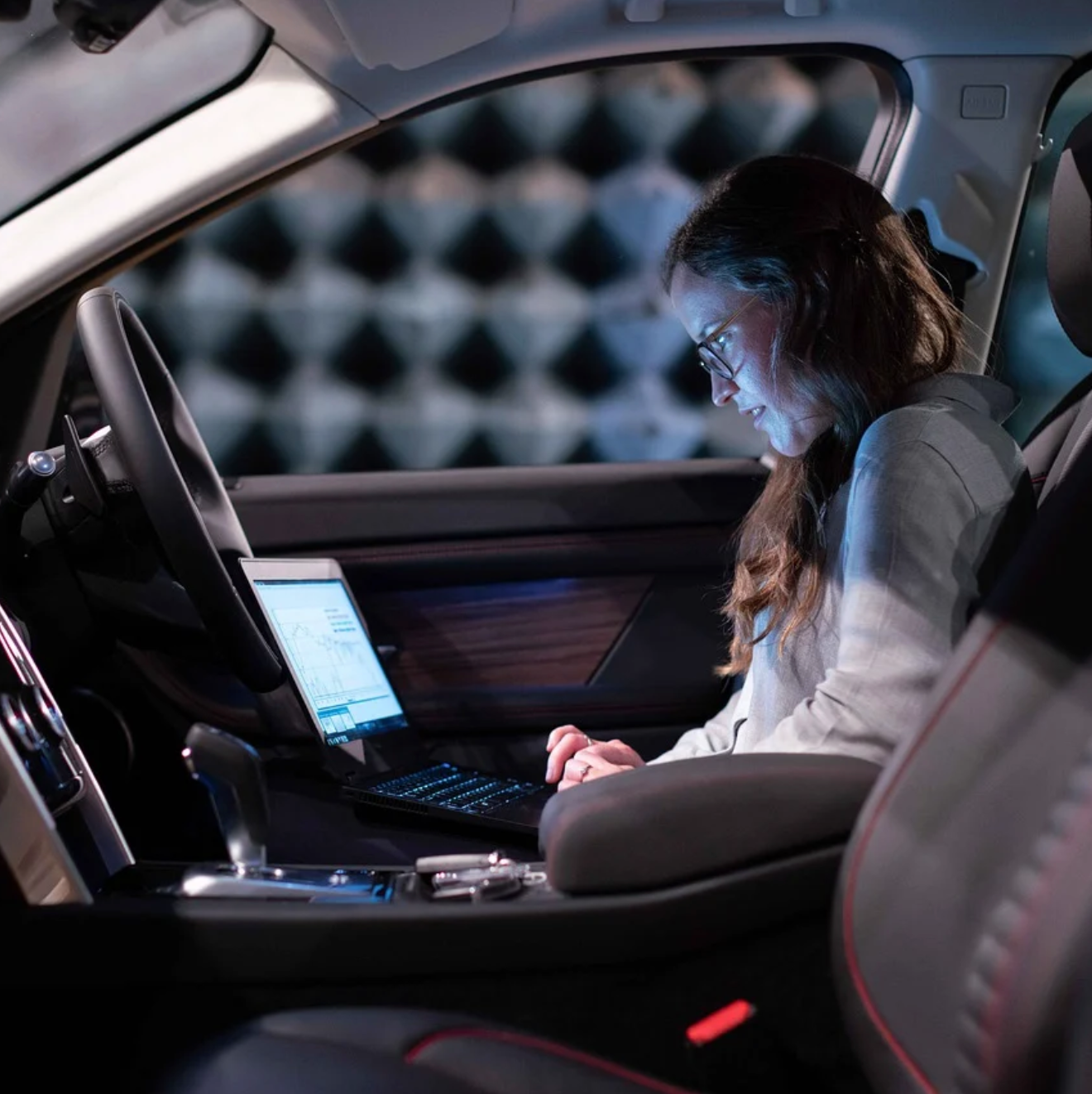If they ever stop figuring out how to keep them from killing pedestrians, autonomous vehicles could still unleash a second wave of suburban sprawl that makes cities inhospitable to people outside cars in new ways — unless governments adopt policies to soften their impact now, a new study argues.
And those policies just so happen to also curb the worst impacts of manual car dependency, too.
In his latest paper, technology policy researcher Carlos Ignacio Gutierrez reviewed the growing body of research exploring the possible implications of the AV revolution, in hopes of answering a question no one outside of academia seems to be asking: what the rise of robocars might mean for land use, city revenues, and the ways that people live outside their automobiles.
Gutierrez isn't surprised that cities are dragging their feet on policies that get in front of Elon Musk and his ilk — especially since AVs are still bricking it on interstates and killing walkers today. In a classic example of a Collingridge Dilemma, local leaders struggle to anticipate what the implications of large-scale robovehicle adoption might be, because most experts suspect that truly self-driving cars are more than 30 years away — but by the time they've reached level 5 autonomy, they may be almost impossible to rein in.
"If you wait for the tech to be perfect, you're too late," Gutierrez said. "AVs are poised to change so many things about how we live, and cities really should be thinking about their social repercussions right now."

Of course, an autonomous revolution wouldn't be the first time America experienced a massive transportation disruption — and to avoid making the same mistakes this time around, Gutierrez says it's important to look to the history of the motor vehicle's rise.
By the time Henry Ford fired up his revolutionary assembly line and the federal government started pouring billions into the national highway network, it was too late for cities to stop cars from taking over their streets even if they wanted to. (Reminder: many of them did.) Together with the forces of systemic racism, the way was soon literally paved for White residents with money and easy access to federally subsidized mortgages to flee downtown cores, without losing the short work commute to which they'd become accustomed — at least until the highways started to clog. Low-income Black and brown residents, meanwhile, were largely redlined out of that suburban exodus and concentrated into over-policed and under-resourced neighborhoods.
"We can't know for sure what people will do when privately owned AVs make it to market at scale, but we do know what a lot of people did the last time around: they went to the suburbs," Gutierrez said. "They wanted a larger home, they wanted a better ambiance for their families, and the government incentivized them to get those things cheaply."
Massive shortfalls in city property revenues followed, and many cities still struggle with the enduring impacts today.

Gutierrez acknowledge that AV manufacturers might not face quite such an easy path to roadway dominance, especially since U.S. wages aren't growing anywhere near as fast as they were in motordom's post-war heyday. (The fact that younger generations are increasingly putting off things like vehicle purchases because of snowballing student debt doesn't help, either.)
But as prices on AVs drop — and especially if auto-lending gets deregulated even more than it already is — he expects the technology will eventually take off, and a cascade of roadways changes could rapidly follow. Gutierrez points to a 2015 study that estimates that because a perfect AV would theoretically avoid many of the crashes and slowdowns that lead to traffic jams, total lane capacity will increase by 21 percent by the time robocars make up just half of the vehicle fleet — and at 90 percent adoption, an additional 80 percent of congestion will clear out.
As those commute times decrease, many Americans will face a fateful choice about what to do with all that extra time in their schedules: move to a bigger house on heretofore undeveloped land at the edge of town, as countless White residents did during the 20th century, or engage even more deeply with the neighborhoods where they live now. But unlike the last carpocalypse, Gutierrez expects that a wider swath of U.S. residents will have that opportunity during the AV age — especially if autonomous shuttles help affordably increase the transit fleet.
"As we’ve seen other kinds of new mobility technology, the early adopters are always individuals with means — and yeah, that can create incentives for early adopters to segregate themselves even more," he said. "But with AVs, if cities decide to focus on shared options — or at least very cheap ones — we might create flight incentives for all demographies — not just people with money."

That kind of mega-sprawl might still seem like bad news for people who might still prefer to get around on their own power, even if AVs are perfected and made radically more affordable than they are now — and the threat of dystopian possibilities like retractable gates at crosswalks and walkers being forced to wear AV-communicating devices still loom.
But Gutierrez says he thinks eventually, AVs will learn to navigate the complexity of urban environments without those horrific measures — and notes that cell phones are already theoretically capable of transmitting data to robocars, at least for the 97 percent of adults who own them. (He concedes that small children and the extremely low income might still pose a problem.) And a shared AV future, in particular, isn't necessarily something to fear, especially if those shared vehicles look more like driverless buses than driverless taxis — and that cities can act now to maximize that possibility.
Getting rid of parking minimums now and allowing developers to redevelop existing parking, for instance, is a smart way to prepare for a future where a small number of driverless vehicles circle the city and only stop to pick up their passengers now and then. Implementing congestion charges, cordon tolls, and other pricing schemes that disincentivize driving between cities and suburbs can help, too — especially if the autono-bus gets a break on the fees. Gutierrez says even good old-fashioned zoning reform to increase the supply of affordable 15-minute neighborhoods could be a powerful lever for local governments to encourage residents to stay put in dense areas, rather than zipping way in their driverless vehicles to parts unknown.
If all those strategies sound like common sense ways to cut America's dependence on non-autonomous cars: they are. But to prevent the AV from becoming repeating some of the worst mistakes of the MV age — albeit with less traffic violence — Gutierrez says cities should act like the threat of robocars is already real.
"I’m pretty agnostic about how good or bad AVs might be for cities," Gutierrez concludes. "It it all depends on who the implementer is, and what they value. It's easy to imagine a future where most AVs are shared, and cities that haven't built out strong public transportation infrastructure yet could benefit enormously from running autonomous vans on streets they already have. But it could also go very wrong."






